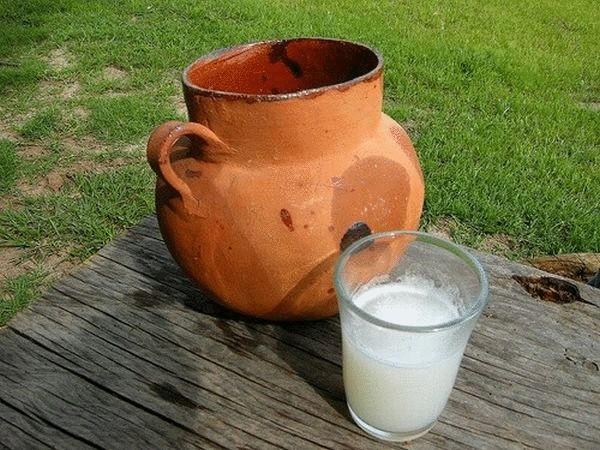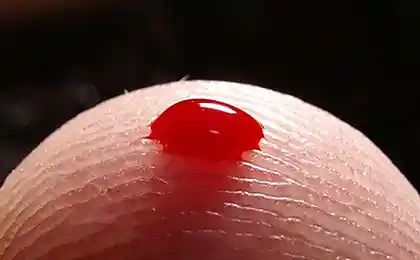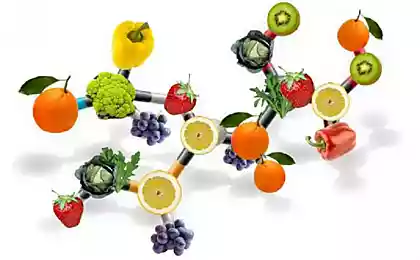526
American scientists have tested biomarkers in archaeological practice
American scientists have tested a method of biomarkers in archaeological practice, which helped them to identify as "alcoholic" bacteria on the shards. Based on the analysis of these bacteria scientists first learned about the alcoholic habits of the Mexican Indians. The results of the study outlined in the latest edition of the journal Proceedings of the National Academy of Sciences.

According to scientists, ancient Eskimos are not genetic relatives of the modern inhabitants of the Arctic. First of all, scientists have identified the remains of the so-called pulque – beverage from the fermented juice of the agave fortress 6 – 18 percent. Many of the frescoes found in the region, scientists have found a image of agave and scenes of drinking some liquor. In addition, the found amphorae like vessels used by the Aztecs for storing pulque. They are also used by the inhabitants of modern Mexico. Also found scrapers that were used for squeezing juice. However, the scientists still could not find direct evidence that the ancient Mexicans really used the pool. The problem is that in comparison with the hydrophobic edible fats, chemicals alcoholic drinks dissolve easily in water and leave no residue on the dishes.
Scientists have found a new way to solve the problem is to look for biomarkers of bacteria Zumomonas mobilis characterized by the ability to produce ethanol. Having surveyed approximately 300 vessels, archaeologists found traces of hopanoids 14 amphorae and ollah "Golden age". They also discovered chemical characteristics of pine resin, which is probably used as a waterproofing material in the manufacture of vessels.
Teotihuacan is the greatest cultural and economic center of Mesoamerica, occupying a mountainous and arid district and for this reason suffering from a poor harvest and hunger.
Source: scienceblog.ru

According to scientists, ancient Eskimos are not genetic relatives of the modern inhabitants of the Arctic. First of all, scientists have identified the remains of the so-called pulque – beverage from the fermented juice of the agave fortress 6 – 18 percent. Many of the frescoes found in the region, scientists have found a image of agave and scenes of drinking some liquor. In addition, the found amphorae like vessels used by the Aztecs for storing pulque. They are also used by the inhabitants of modern Mexico. Also found scrapers that were used for squeezing juice. However, the scientists still could not find direct evidence that the ancient Mexicans really used the pool. The problem is that in comparison with the hydrophobic edible fats, chemicals alcoholic drinks dissolve easily in water and leave no residue on the dishes.
Scientists have found a new way to solve the problem is to look for biomarkers of bacteria Zumomonas mobilis characterized by the ability to produce ethanol. Having surveyed approximately 300 vessels, archaeologists found traces of hopanoids 14 amphorae and ollah "Golden age". They also discovered chemical characteristics of pine resin, which is probably used as a waterproofing material in the manufacture of vessels.
Teotihuacan is the greatest cultural and economic center of Mesoamerica, occupying a mountainous and arid district and for this reason suffering from a poor harvest and hunger.
Source: scienceblog.ru
Panasonic blurs the line between photo and video shooting
Plums and their amazing effect on our body























